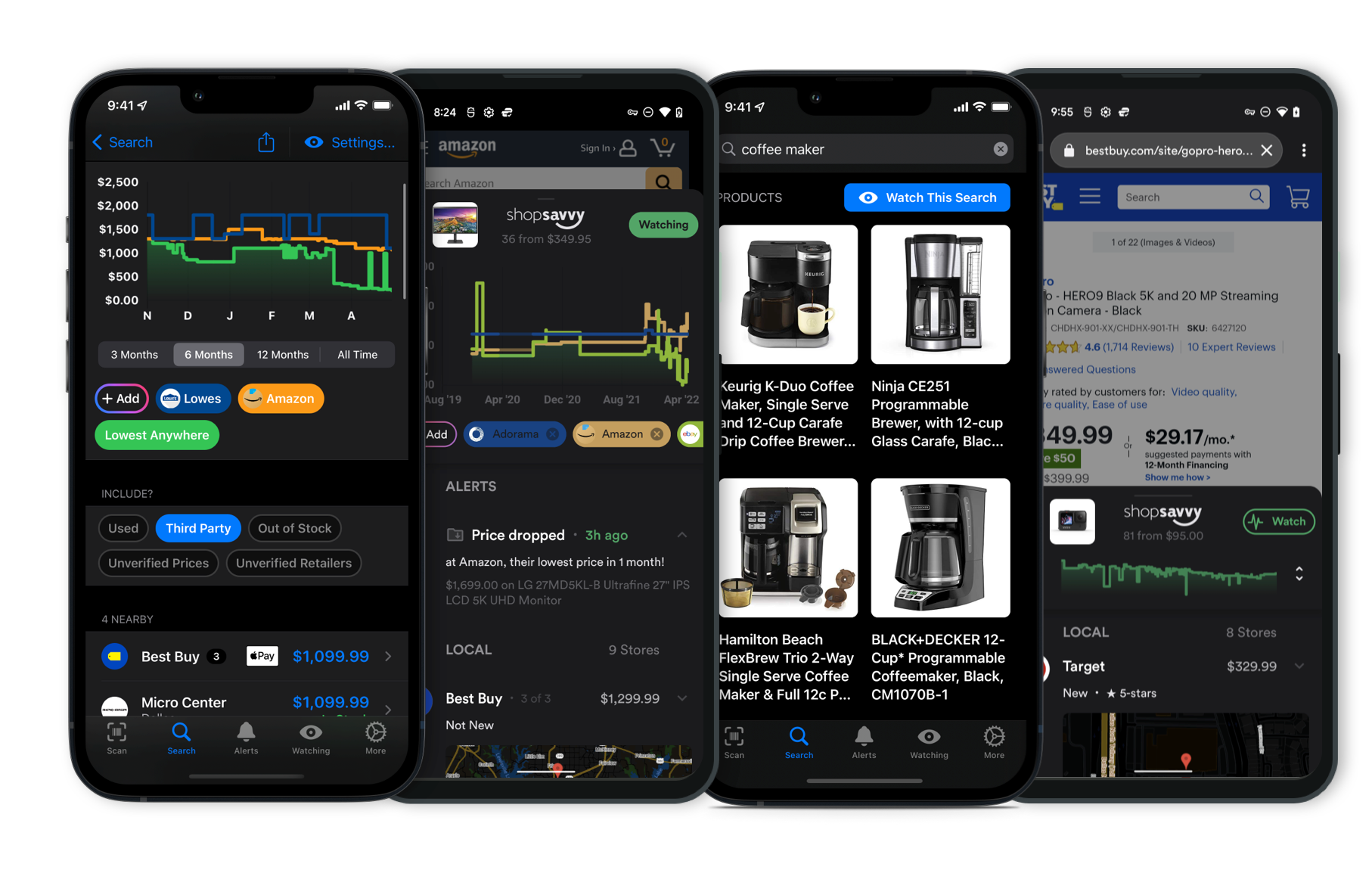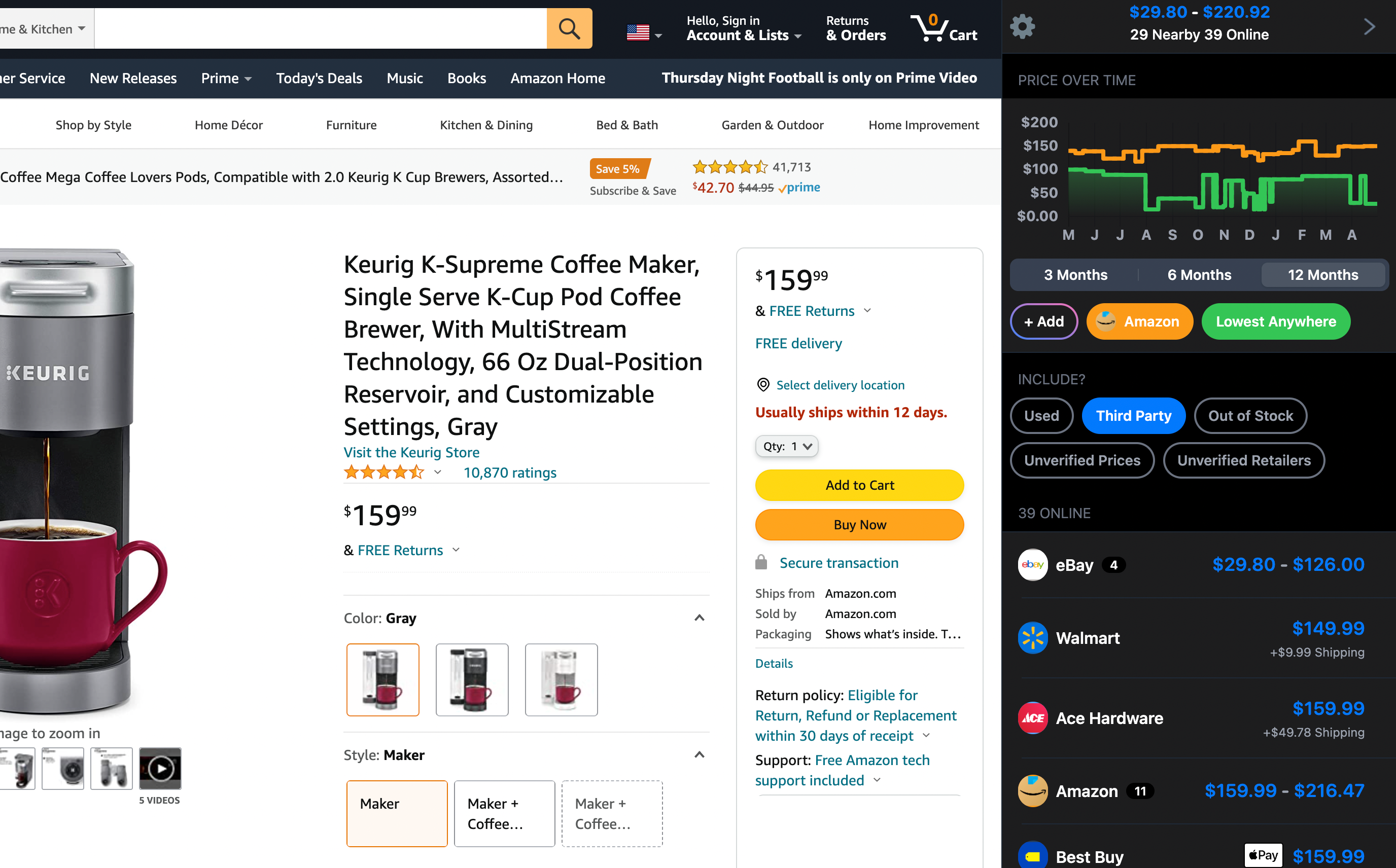
So, when looking at the DJI Air 3 versus the Air 2S, there are a few key differences that might make you lean towards the Air 3, especially if you're serious about your drone game. Let's break it down a bit.
Imaging and Camera Capabilities
One of the biggest upgrades in the Air 3 is its dual-camera setup. It has both a wide-angle and a mid-telephoto lens, each with 48MP sensors. This gives you more flexibility and better photo quality.
On the other hand, the Air 2S only has a single 20MP sensor. Both drones can shoot 4K video at 60fps, so you're covered on that front.
Battery and Flight Time
The Air 3 really shines with its battery life—46 minutes compared to the Air 2S's 31 minutes. This means more time in the air and less time charging, which is a big plus if you're out shooting for extended periods.
Safety and Obstacle Avoidance
Safety-wise, the Air 3 adds omnidirectional obstacle avoidance, so it can detect stuff from all angles. The Air 2S has obstacle sensing too, but it's not as comprehensive as the Air 3's system.
Transmission Technology
The Air 3 uses DJI's OcuSync 4.0, improving range and maintaining a stable video feed up to 20 kilometers. The Air 2S uses OcuSync 3.0 with a range of up to 12 kilometers.
So if range is important to you, the Air 3 takes the cake.
Pricing and Options
Price-wise, the Air 3 is more expensive, but it comes in different packages:
- Base package with RC-N2 controller: $1,099
- Fly More Combo: $1,349 (includes extra batteries and a charging hub)
- Premium option with the RC 2 controller: $1,549
The Air 2S is generally cheaper but doesn't offer the same advanced features and longer flight time.
User Experience
Both drones use the DJI Fly app, which is user-friendly. According to our research, newbies and seasoned flyers find both drones pretty easy to handle.
But, with the Air 3's additional features, you might find the flying experience a bit more enriching.
Conclusion
If you're thinking of upgrading from the Air 2S, the Air 3 has better camera options, longer flight times, and more comprehensive safety features.
It's pretty well-suited for both hobbyists and pros. Whether you're into capturing stunning video or just flying for fun, the DJI Air 3 is a solid choice.
Considering the Holy Stone HS720E Drone?
Here's our "TLDR" Review
 Download ShopSavvy App
Download ShopSavvy AppCompare prices for anything in real-time, set price alerts, watch for deals by keyword, and much more
 Install ShopSavvy Browser Extension
Install ShopSavvy Browser ExtensionCompare and track prices automatically while you shop online at thousands of websites.
More Answers
If you're still curious about the Holy Stone HS720E Drone, here are some other answers you might find interesting:
Yep, the DJI Air 3 can do waypoint flying.
You can set up a pre-planned route, and the drone will follow it automatically. According to our research, this is great for getting complex shots and making sure your footage is consistent every time. If you're into professional or cinematic video, this would make things a lot easier.
Plus, it's got other cool modes like ActiveTrack 5.0, so you've got lots of creative options.
The DJI Air 3 drone weighs around 720 grams. According to the manufacturer's description, this includes the battery but not any extra accessories like propeller guards or the remote controller. It's a pretty lightweight option considering the high-performance features it packs.
Side note: If you’re curious about other features, it has a dual-camera setup with a wide-angle and a telephoto lens, capable of capturing impressive 48MP photos and smooth 4K videos. It’s got a max flight time of up to 46 minutes, though in real-world conditions, it’s more like 40 minutes.
Oh, and it also includes omnidirectional obstacle sensing tech, which is great for avoiding crashes, especially if you’re new to flying drones.
The DJI Fly App helps with navigation and shooting modes if you're looking to do more complex shots.
If you're thinking about getting extra batteries or a charging hub, there's a Fly More Combo available too.
Hey, if you're curious about whether the DJI Air 3 can shoot vertical video, here's the scoop.
The Air 3 is pretty awesome for aerial photography and videography with its dual-camera setup—wide-angle and telephoto lenses. You can get 48MP photos and 4K vids at up to 60 fps, which is pretty sweet. But, about vertical video: it doesn't have a specific mode for that. You'd need to crop your horizontal footage in post-editing to get it vertical for Instagram or TikTok. Not ideal, but it works!
On the upside, this drone has some great features. The manufacturer says it can stay in the air for up to 46 minutes on one charge, which is perfect for longer sessions. Plus, the Fly More Combo pack includes a charging hub, so you can charge multiple batteries at once.
And for flying, it has omnidirectional obstacle sensing, which makes it safer to fly by detecting obstacles all around. Handy if you're navigating tricky areas or just getting started.
The DJI Fly app and the remote controller are both really user-friendly, so it's easy to get the hang of.
So, while the DJI Air 3 doesn't have dedicated vertical video shooting, it still has a ton to offer if you're into high-quality aerial footage.
Alternatives to Consider
If the Holy Stone HS720E Drone doesn't quite fit your needs, here are some other options to consider:

DJI Mini 3 Pro
The DJI Mini 3 Pro provides excellent performance at a lower price point, making it an attractive choice for those who want high-quality aerial photography without breaking the bank.

Autel Robotics EVO Lite+
The Autel Robotics EVO Lite+ offers superior obstacle avoidance features compared to the DJI Air 3, giving folks added safety and confidence during flight, especially in complex environments.

Holy Stone HS720E
The Holy Stone HS720E is designed with beginners in mind, offering features like GPS-assisted flight and one-key takeoff, making it easier for newcomers to enjoy drone flying without prior experience.
Explore Content
Footer 1
Published
Subscribe for Updates
Get the latest news, and updates on ShopSavvy. You'll be glad you did!








